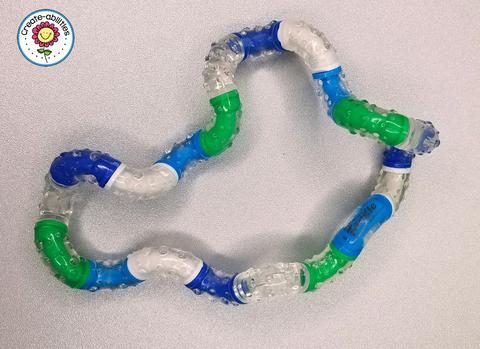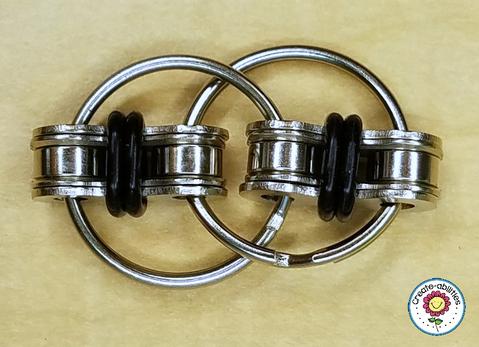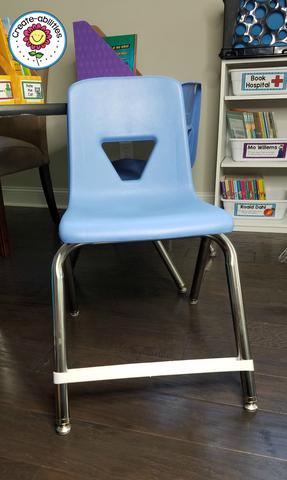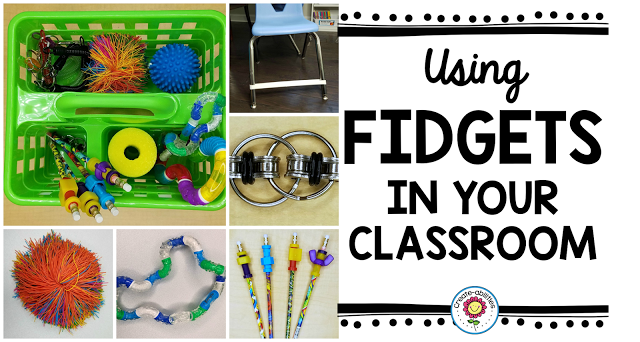
Using Fidgets To Keep Students Focused
As teachers, we have long known about the benefits of letting our students move in the classroom. The research backs us up. But what are some ways that we can encourage students to move while they work?
WHAT THE RESEARCH SAYS:
In a 2008 study done at the University of Central Florida in Orlando, researchers found that children actually need to physically move during a complicated task to be able to focus. They found that all children (and especially those with ADHD) moved more when a problem or task required them to work through complicated problems. They noted that this is why students tend to move more during reading and math than when they are watching a movie.
Educator and researcher Aleta Margolis said:
“Movement is a powerful teaching tool, and when we as teachers thoughtfully incorporate physical elements into instruction, we elevate the learning experience.”
Angela Hanscom, a pediatric occupational therapist, wrote a powerful article in the Washington Post. She writes:
“Children naturally start fidgeting in order to get the movement their body so desperately needs and is not getting enough of to “turn their brain on.” What happens when the children start fidgeting? We ask them to sit still and pay attention; therefore, their brain goes back to sleep.”
I know that it is hard for me to sit through a day in a desk, so I know it is difficult for our students as well. I have already written about Alternative Seating in the Classroom and how I used Yoga Balls. Both of these solutions greatly improved the student learning and behavior in my room. However, for some students, this isn’t enough. Some of our kids need a constant outlet for their fidgeting that can help them move, which helps them focus.
I really believe in giving students choice and I also believe in not driving teachers crazy. So I found some engaging and SILENT fidget ideas that you can use in your room.
USE TOOLS AND FIDGETS THAT YOU ALREADY HAVE:
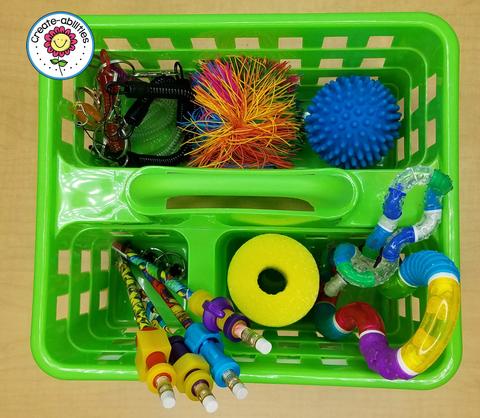
I highly recommend gathering together the fidgets that you want to use and storing them in one place. Then, allow the students who need to move the opportunity to come grab a tool to help them focus. This tote could be only for certain students or open to everyone because let’s face it, all students benefit from movement.
What I put in my tote:
- stretchy key rings
- Koosh ball
- dryer ball (a hard plastic ball that you can find in the laundry detergent aisle)
- pool noodle cut 2 in. thick
- baby teething toy
- fidget pencil toppers
- bike chain fidget toy
- tangle toy
- gelled massage ball
There are many things in your house or classroom that would work great as fidgets for different students. The figure 8 toy in the tote is actually a baby toy that can be twisted and turned. The blue spiky ball is a dryer ball that my son loves to play with. The yellow ring is a piece of a pool noodle that was cut into a 2 inch strip. It can be squished and squeezed without making noise or a mess.
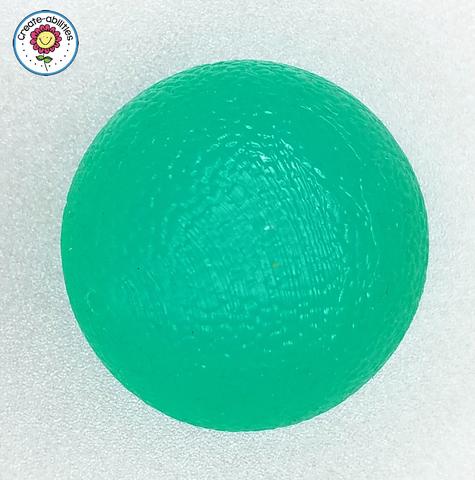
I had these massage balls that I added to my tote. They are a gel-like substance that lets kids squeeze the ball without destroying it.
I know that if you look around your room, you will find things that you can use. If you are stuck, ask your students to look around your room and pick up one thing they like to play with. You might be surprised what they choose.
FIDGETS YOU CAN BUY ONLINE:
I found a Koosh ball that my kids love playing with. It is very relaxing to play with a Koosh ball and could even be used to help upset students calm down.
I love this Tangle Relax Therapy toy that I found on Amazon. I could literally play with this all day. This toy can be twisted and turned into many different shapes without being intrusive. It is very calming and helps keep a student’s hands busy.
Another great fidget I found are these pencil toppers. These allow the student to fidget in between writing or working on problems. When the pencil becomes too small to use, you can just transfer the fidget to a new pencil.
This Bike Chain Fidget is really small but effective. As soon as I opened the package I could immediately picture several students who would love to use this. The rings twist around each other and again. It’s so small, it’s barely noticeable.
So students need to move more than just their hands. I found these large rubber bands that fit around the bottom of the chair legs. Your students can kick, flick, or bounce the rubber bands without too much distraction. This also lets them move more than if they were just using their hands.
HOW TO INTRODUCE AND MANAGE THEM IN YOUR ROOM
One question I get asked a lot is how to introduce and manage fidgets in your room. Here’s how I did it:
- Collect all of your fidgets and place them in one area.
- Introduce each fidget to your students and let them know how to use it. You can also let them take turns practicing with it if you find that to be helpful.
- Go over the rules of the fidget: They are not a toy. If they are becoming a distraction, are being damaged, or are being used as a toy, the child looses the privilege of having a fidget. This loss could be for a day, a week, or forever.
- Help your students explore their sensory preferences. This will help them understand what fidgets will work for them and which won’t work as well.
OTHER PLACES TO FIND FIDGETS
There are some great places to find fidgets online. A few of my favorites:
OTHER IDEAS TO TRY IN YOUR ROOM
- Build in movement throughout the day as much as you can. Doing things like active brain breaks, simple exercises, singing songs with actions, standing while working, and more can get your kids moving.
- Try alternative seating in the classroom. Don’t worry about buying fancy new desks, just give your students options of sitting on the floor, laying on a rug, or standing near a table. These can help kids focus and fidget at the same time!
- Let students come up to the board to answer a question instead of answering from their seat. Pass students a white board marker and let them come up and show their work. Not only will you get more insight into a student’s thought process, you will also get the blood flowing for a minute.
- Use Whole Brain Teaching techniques to get your students involved and moving in every lesson.
PEACE, LOVE, AND STICKY NOTES
Blog Categories
Meet the author



